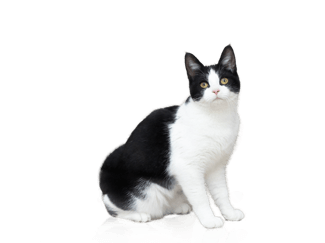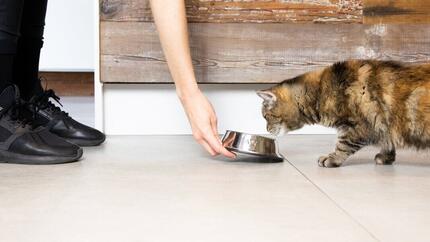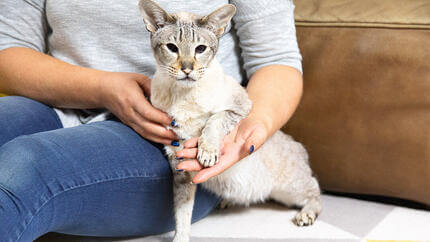
Kedi Beslenme Tavsiyeleri
Beslenme açısından dengeli bir yemek, kedinizin esenliği için önemlidir. Buradaki uzmanlardan daha fazla bilgi edinin.

Beslenme tavsiyelerini keşfedin
2 makaleden 2 Makale'si görüntüleniyor
popüler makaleler





